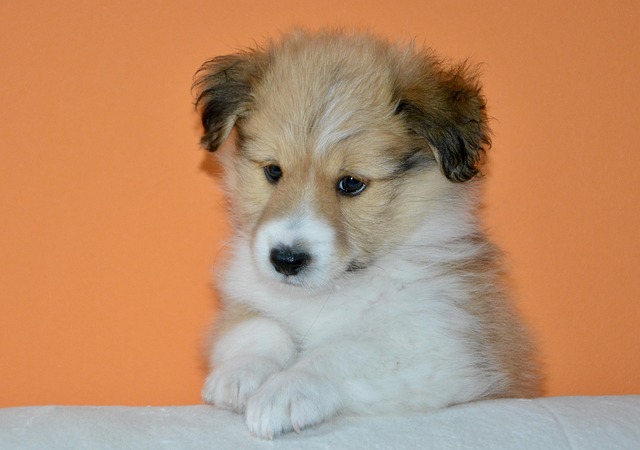
Can humans catch seborrhea from dogs?
Housebreaking your furry friend isn't just about keeping your floors clean—it's a game-changer for both of you. Think about it: no more late-night dashes in the rain, no embarrassing surprises when guests visit.
In our lives, we often see such scenes: we put our clothes neatly when we go out, but when we get home, we find that they are torn beyond recognition and scattered all over the floor. Looking at this messy scene, many dog owners feel helpless and distressed, and are also full of doubts in their hearts - why do dogs, who are usually gentle and cute, "harm" clothes? To answer this question, we need to have a deep understanding of dogs' instincts, physiological needs and emotional states, and explore the complex and delicate reasons behind this behavior.
From a biological point of view, chewing is an instinctive behavior that dogs are born with, deeply rooted in their genes. In the wild, canines need to chew to obtain food, build nests, and sharpen their teeth. Even after a long period of domestication and becoming close companions of humans, this instinct still leaves a deep mark in dogs' behavior. Especially in the puppy period, just as human babies chew objects to relieve discomfort when they grow teeth, puppies will have a strong itching and swelling sensation in their gums when their milk teeth are replaced by permanent teeth. At this time, soft and easy-to-grab clothes become their "tools" to relieve discomfort. During the chewing process, they can temporarily relieve the uncomfortable feeling caused by tooth growth, while also exercising their chewing and biting abilities.
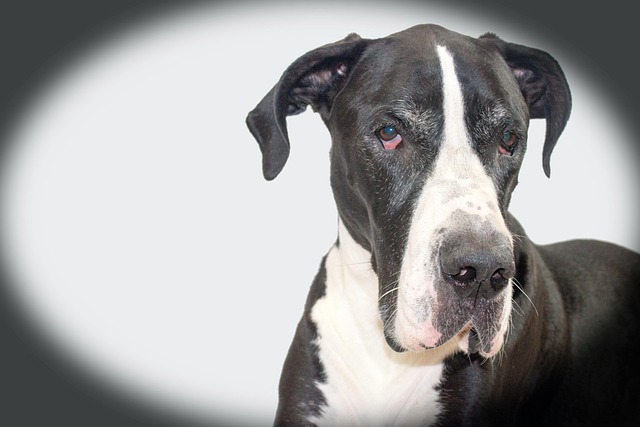 In addition to physiological instincts, dogs chewing clothes is also closely related to their emotional needs. Dogs are social animals and have a strong sense of dependence and belonging to their owners. When the owner leaves home, the empty house will make them feel uneasy and anxious. The familiar smell of the owner remains on the clothes, which is like a warm hug that can give them a sense of security and comfort. By chewing clothes, dogs seem to be able to establish an invisible connection with their owners, alleviating the loneliness and anxiety of being alone at home. There was a golden retriever named Lele. His owner often went on business trips for work. Every time his owner left, Lele would drag his owner's pajamas to his own nest and chew and play. In his world, this pajamas with the owner's scent is a symbol of the owner's company, and the chewing process is also a search for emotional sustenance.
In addition to physiological instincts, dogs chewing clothes is also closely related to their emotional needs. Dogs are social animals and have a strong sense of dependence and belonging to their owners. When the owner leaves home, the empty house will make them feel uneasy and anxious. The familiar smell of the owner remains on the clothes, which is like a warm hug that can give them a sense of security and comfort. By chewing clothes, dogs seem to be able to establish an invisible connection with their owners, alleviating the loneliness and anxiety of being alone at home. There was a golden retriever named Lele. His owner often went on business trips for work. Every time his owner left, Lele would drag his owner's pajamas to his own nest and chew and play. In his world, this pajamas with the owner's scent is a symbol of the owner's company, and the chewing process is also a search for emotional sustenance.
Insufficient exercise and lack of sufficient mental stimulation can also cause dogs to shift their attention to clothes. Dogs are naturally energetic and need to release their energy through exercise and play. If the owner neglects to take the dog out for a walk or play interactive games due to being busy, their excess energy will have nowhere to vent. At this time, the clothes within reach at home become their entertainment objects. In the process of chewing, dogs not only consume physical energy, but also get the fun of exploration and destruction. Just like a bird trapped in a cage longs to fly freely, dogs who are restricted in their activities are also in urgent need of finding an outlet to release their energy, and the texture and shape of clothes just meet their desire for exploration.
In addition, dogs may chew clothes out of a desire for attention. When dogs find that chewing clothes can quickly attract the attention of their owners, even a severe scolding is considered an "interaction" in their eyes. Some dogs even regard their owners' angry reactions as a game, and repeat the behavior more and more. There was once a naughty border collie. Whenever the owner was too busy to pay attention to it, it would deliberately pick up the owner's socks and start chewing them. When it saw the owner put down what he was doing to discipline it, it would wag its tail excitedly because it had successfully attracted the owner's attention.
The behavior of dogs chewing clothes is not accidental, but the result of multiple factors. It is driven by physiological instincts, emotional needs, and unmet exercise and spiritual needs. As an owner, when facing this behavior of the dog, you should not simply reprimand them, but understand the reasons behind it in depth, give them enough care, reasonable exercise and rich mental stimulation. By providing suitable teething toys, increasing companionship time and interactive games, we can help dogs find more appropriate behaviors, let them grow up in a healthy and happy environment, and at the same time prevent clothes from being "harmed" again, making the life of people and dogs more harmonious and beautiful.

Housebreaking your furry friend isn't just about keeping your floors clean—it's a game-changer for both of you. Think about it: no more late-night dashes in the rain, no embarrassing surprises when guests visit.
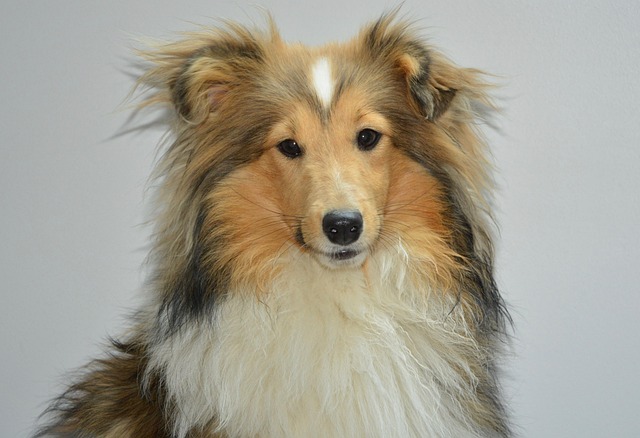
Knowing the first signs of bloat in your dog isn't just helpful – it could literally save their life. Canine bloat, more accurately called Gastric Dilatation-Volvulus (GDV)
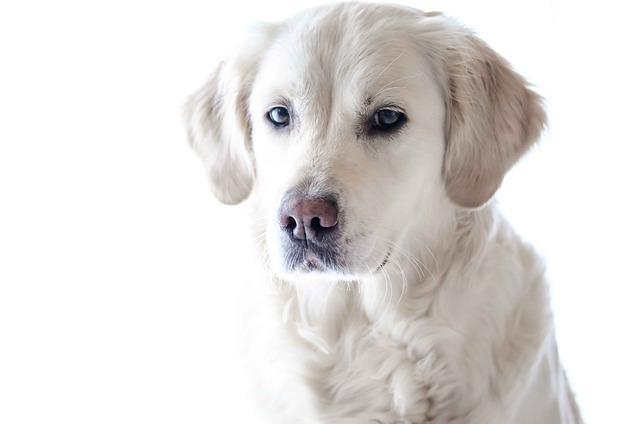
That friendly neighbor approaching or your cousin visiting shouldn’t leave your dog trembling or lunging. Mastering introductions is about safety

Nothing breaks your heart faster than seeing your dog constantly scratching or finding tiny pests crawling through their fur. Ticks and fleas aren't just annoying—they can carry serious diseases like Lyme and tapeworms.

Taking your dog on car rides can be a blast—whether it’s a trip to the dog park, a weekend getaway, or just a quick errand. But in the Western world,
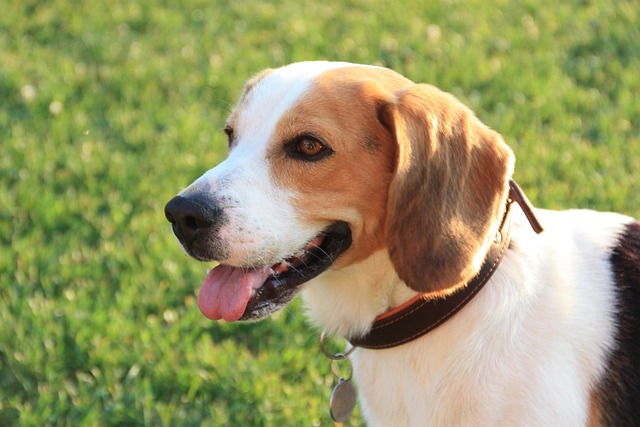
Taking your dog on car rides can be a blast—whether it’s a trip to the dog park, a weekend getaway, or just a quick errand. But in the Western world,